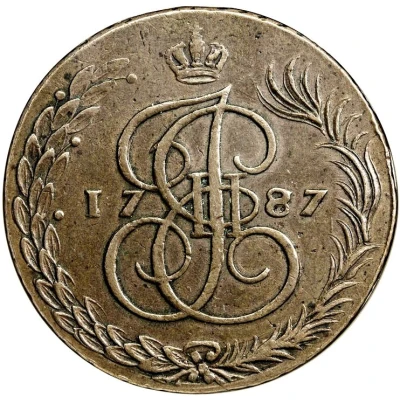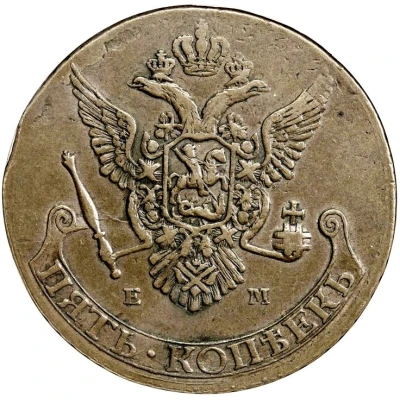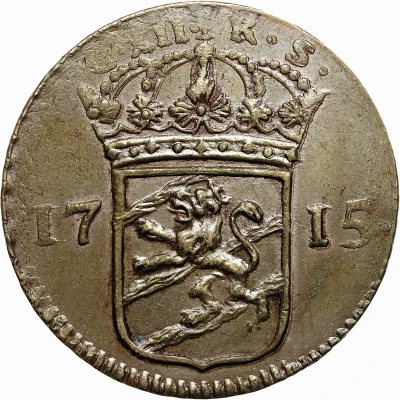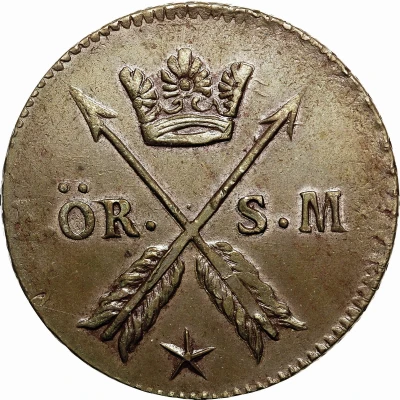


© Stephen Album Rare Coins
5 Kopecks - Gustav III Occupied Russia; Ekaterina II imitation ND
| Copper | 52.71 g | 41 mm |
| Issuer | Sweden |
|---|---|
| King | Gustav III (1771-1792) |
| Type | Standard circulation coin |
| Years | 1788-1790 |
| Value | 5 Kopecks (5 Копеек) (0.05) |
| Currency | Rouble (1700-1917) |
| Composition | Copper |
| Weight | 52.71 g |
| Diameter | 41 mm |
| Shape | Round |
| Demonetized | Yes |
| Updated | 2024-10-07 |
| Numista | N#185915 |
|---|---|
| Rarity index | 95% |
Reverse
Crowned double-headed eagle, initials divided below.
Script: Latin
Lettering:
Е М
ПЯТЬ ∙ КОПѢЕКЪ
Translation:
E M
Five Kopecks.
Comment
During the russian war 1788-1790, Gustav III had russian five kopeck coins struck at Avesta mint to be used as payment for civilian working-force in Russia. The coins were imitations of Ekaterina II 5 Kopecks and were struck before the war broke out.To identify a swedish imitation 5 Kopeck coin you may observe the shape of the crown on the obverse above the empress's monogram and on the reverse above the double-headed eagle. The crown is replaced by a swedish royal crown instead of having the original style crown. The swedish crown is "royal" with five, from the crown-ring, ascending and in a cross-sphere conclusioned jumpering. The russian crown is more "imperial".
Interesting fact
One interesting fact about the Standard circulation coin 5 Kopecks - Gustav III (Occupied Russia; Ekaterina II imitation) ND (1788-1790) from Sweden made of Copper weighing 52.71 g is that it was minted during a time of political turmoil in Russia. The coin was issued during the reign of Gustav III of Sweden, who was attempting to expand his country's influence in the region. The coin's design is an imitation of the Russian Empire's coinage, specifically the 5 Kopecks coin issued during the reign of Catherine II (Ekaterina II). This imitation was likely intended to make the Swedish coin more easily accepted in Russian-occupied territories. Despite its historical significance, the coin's value today is primarily determined by its rarity and condition, rather than its face value.

